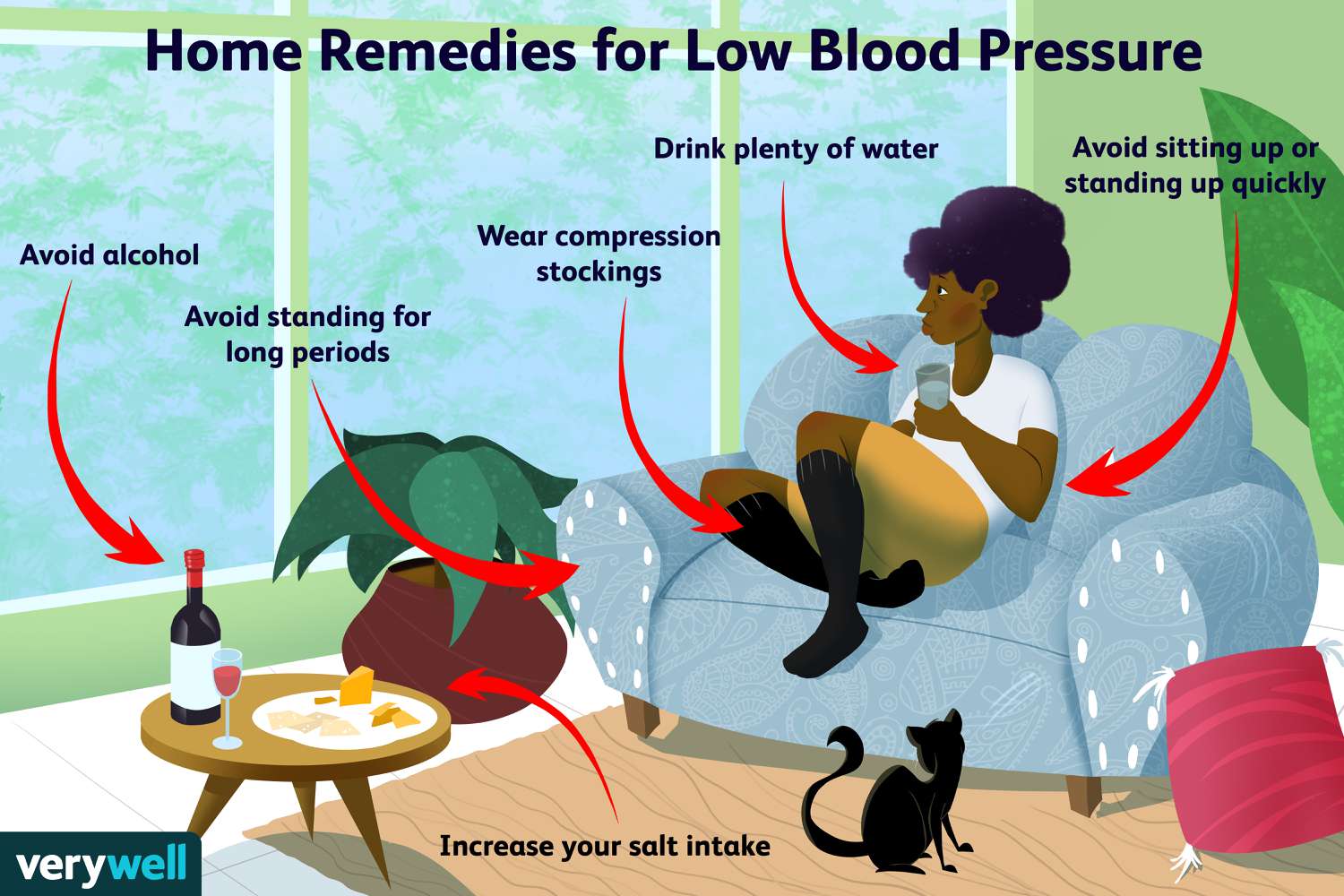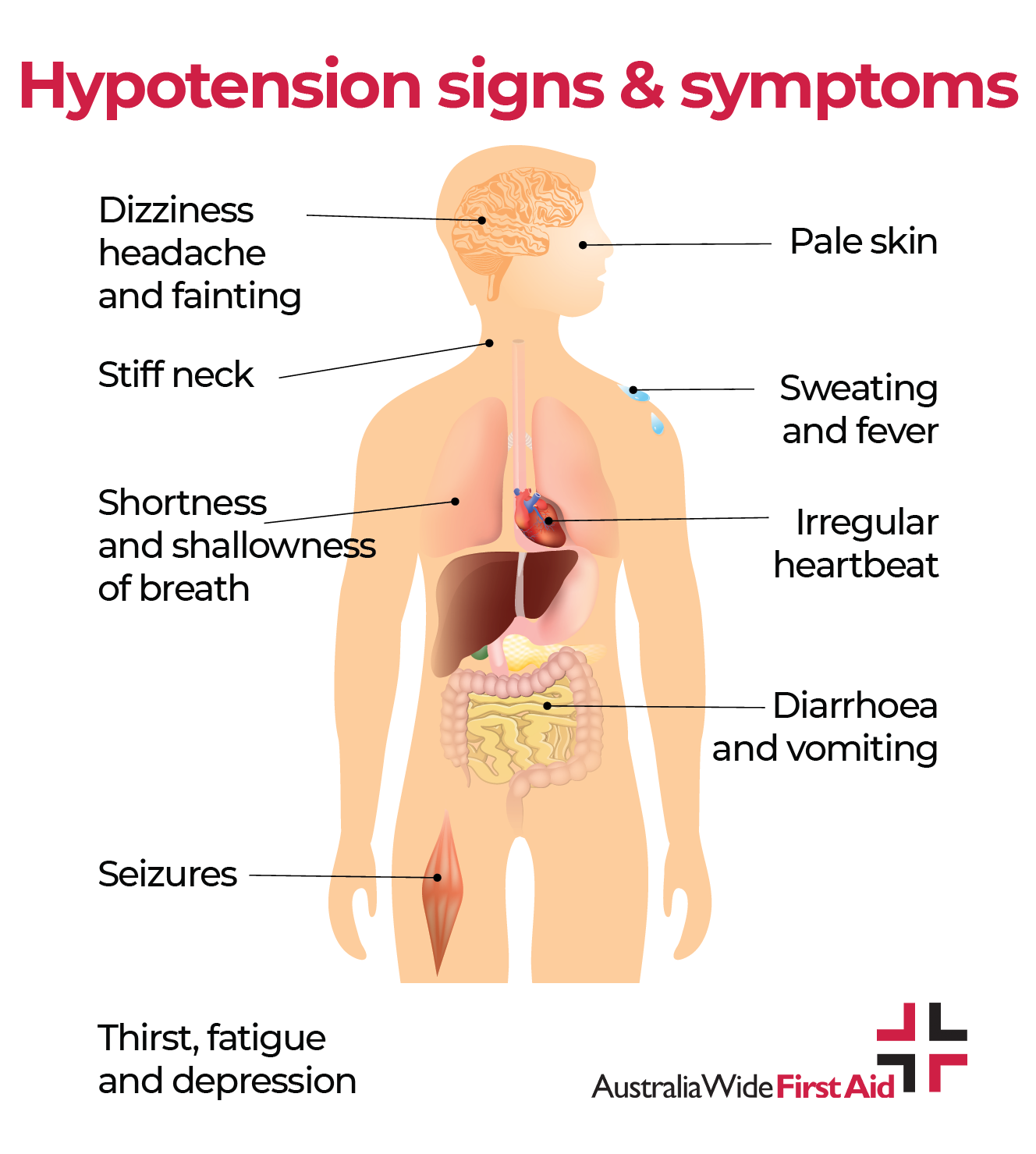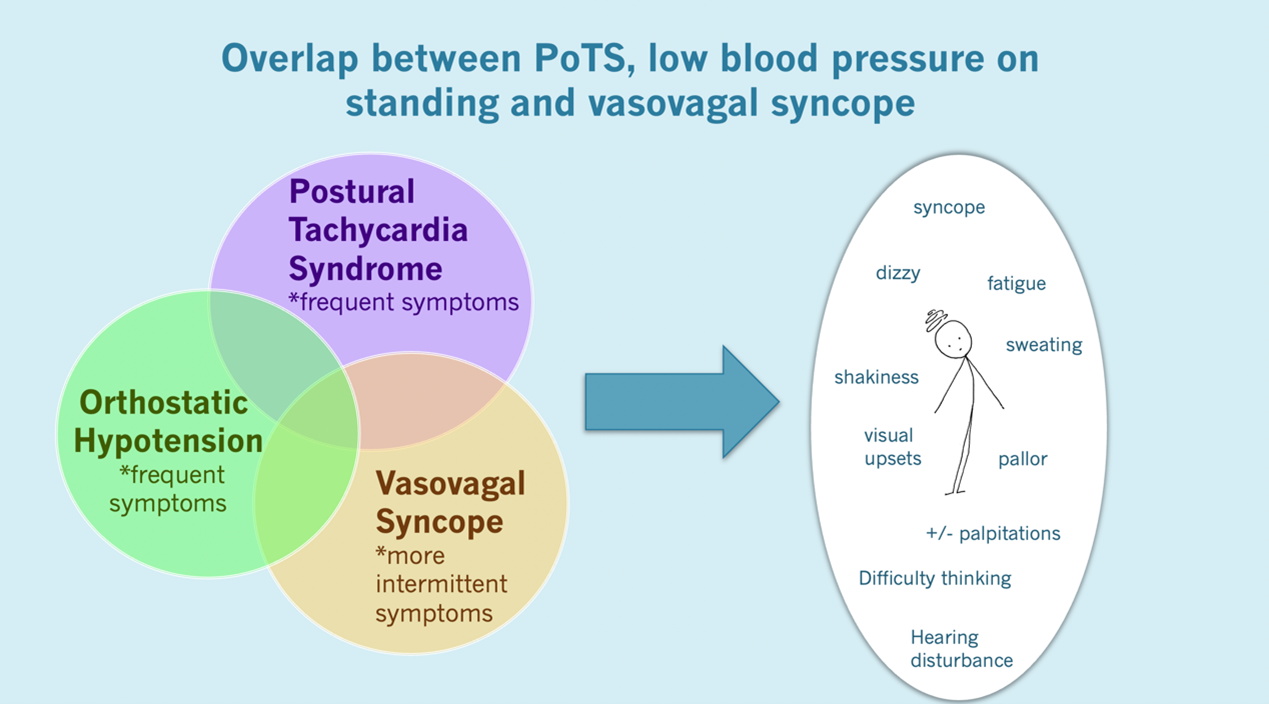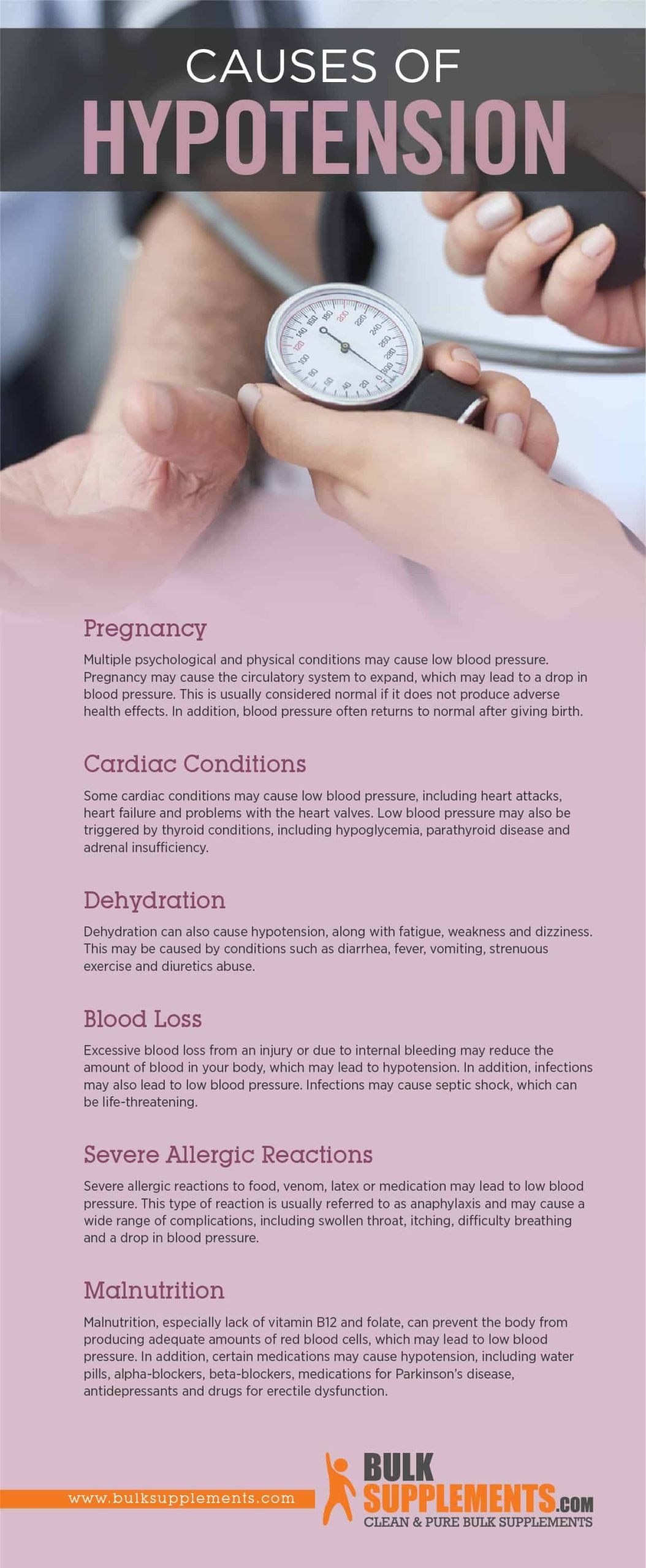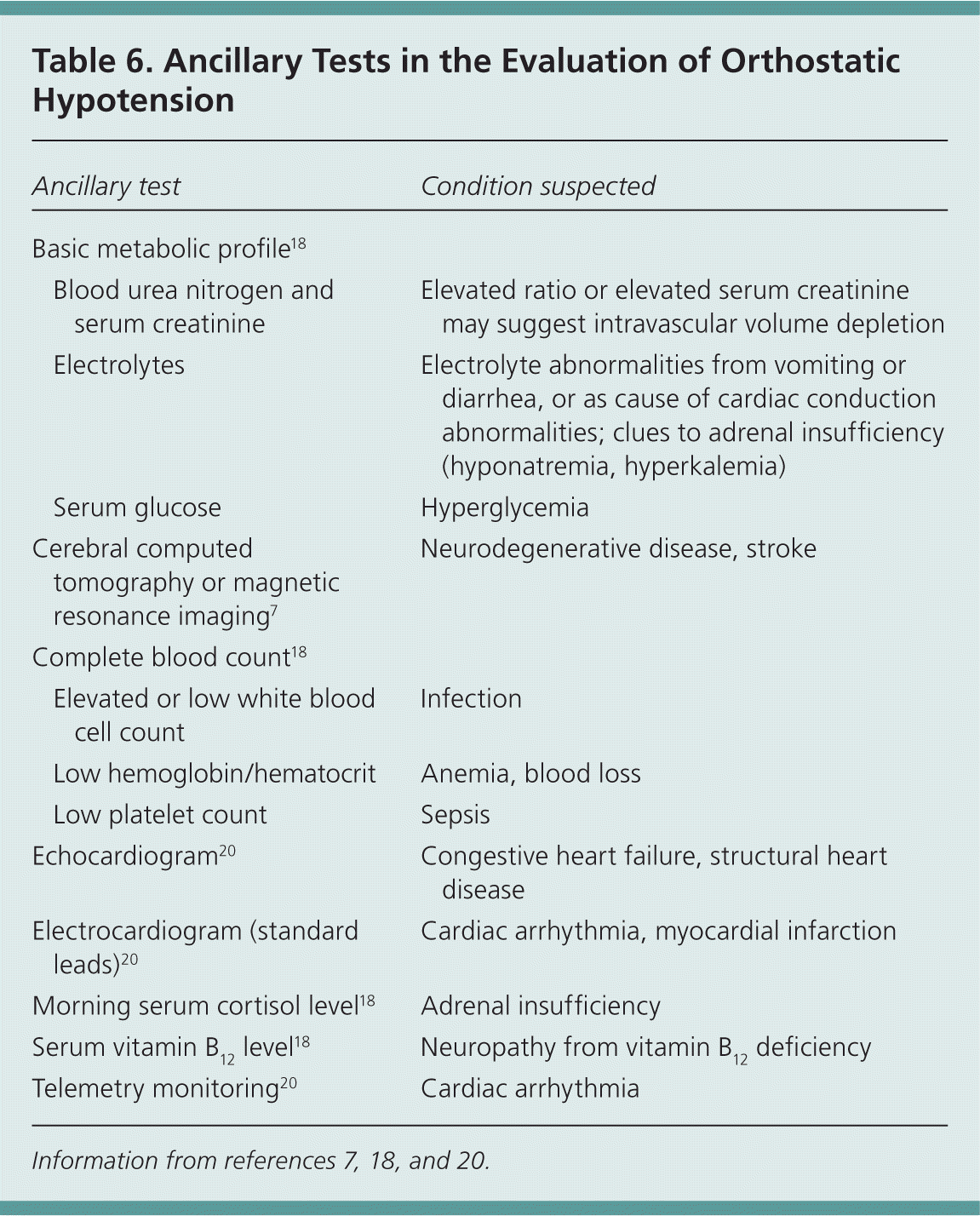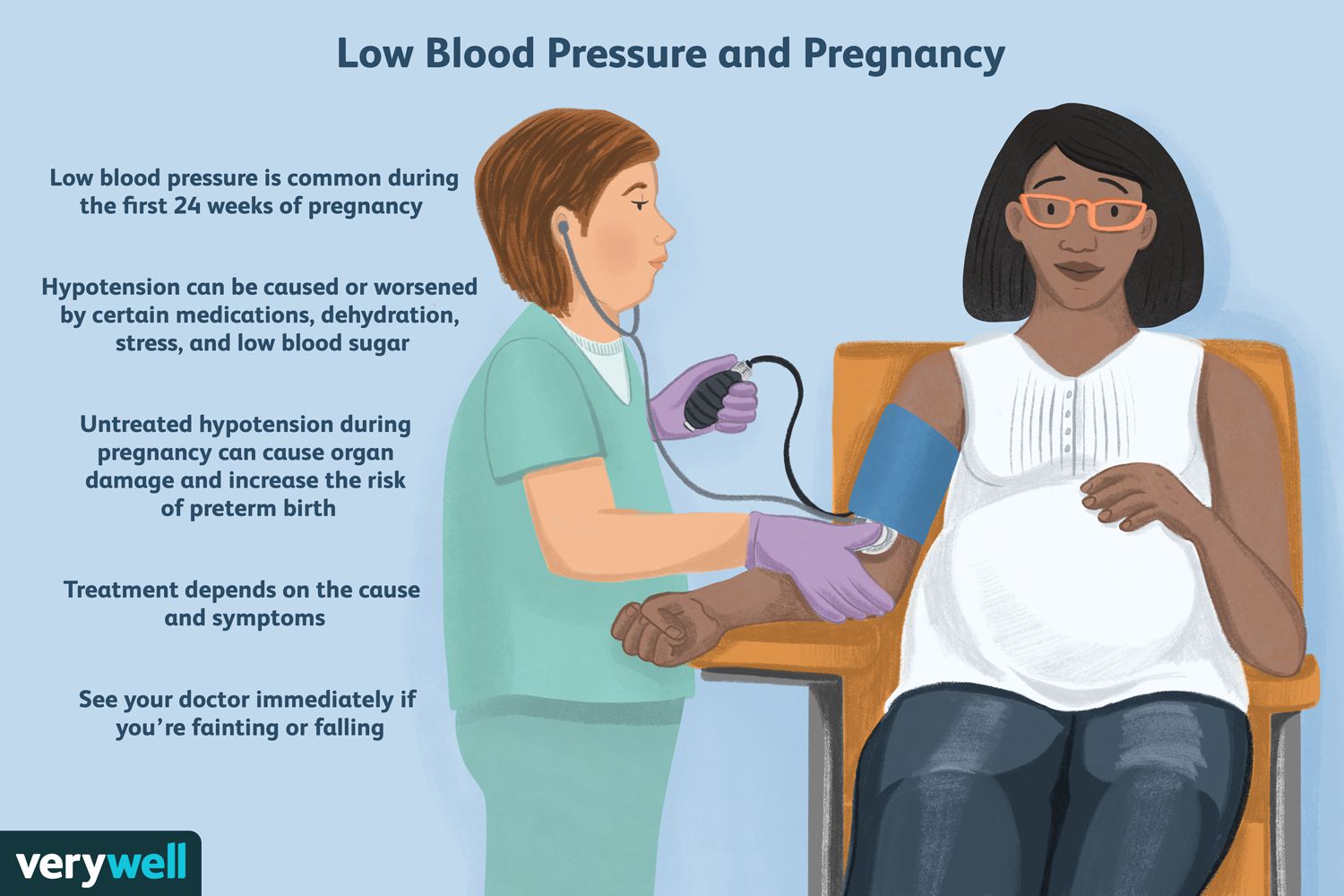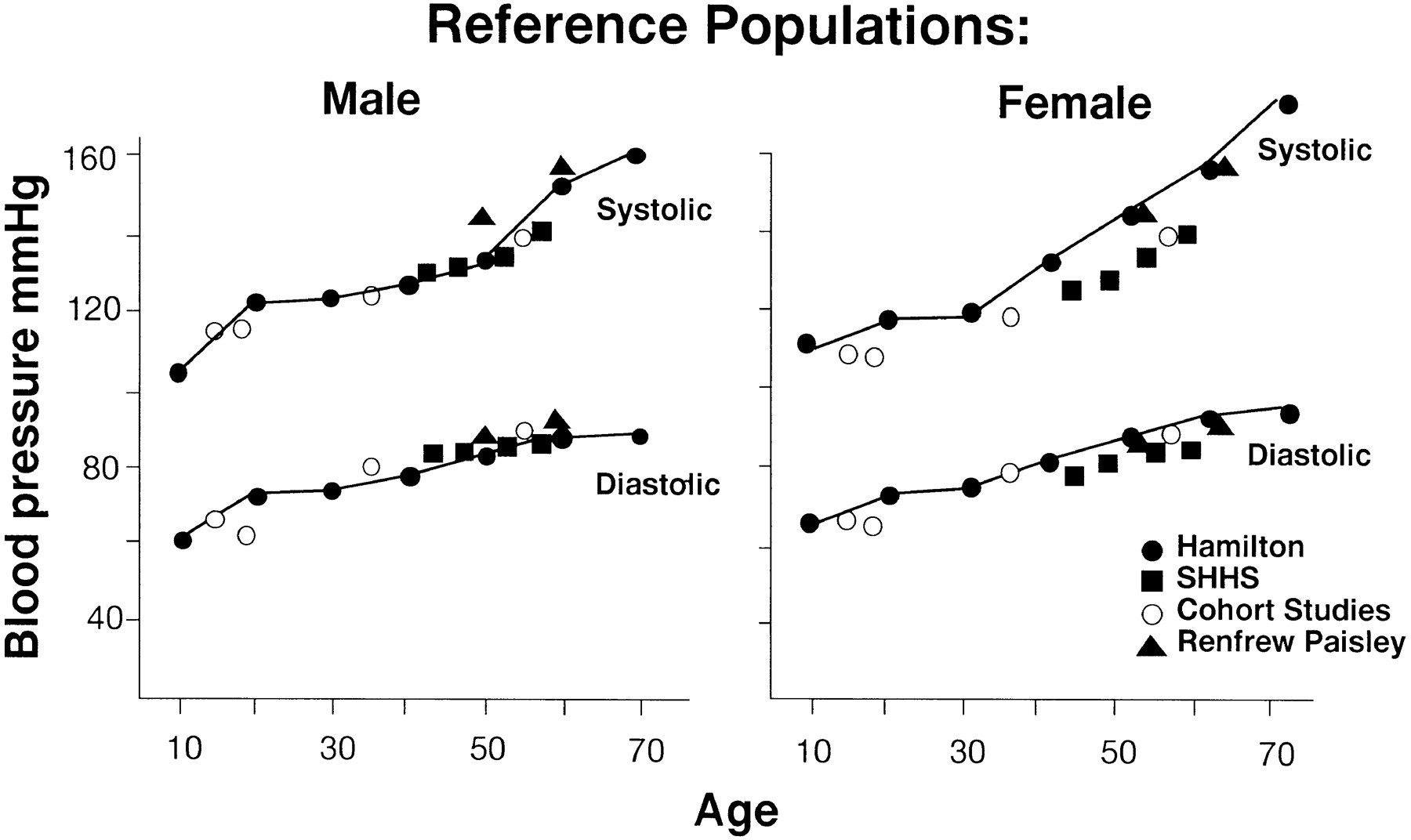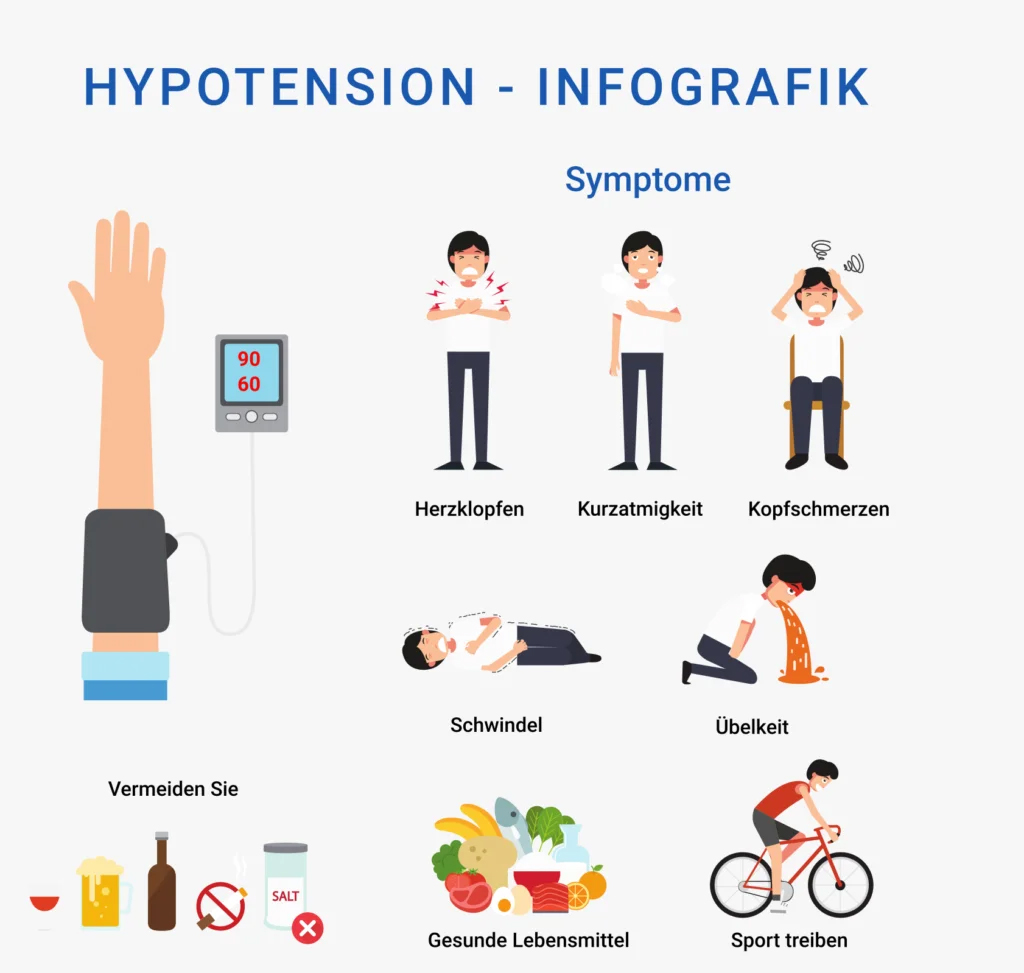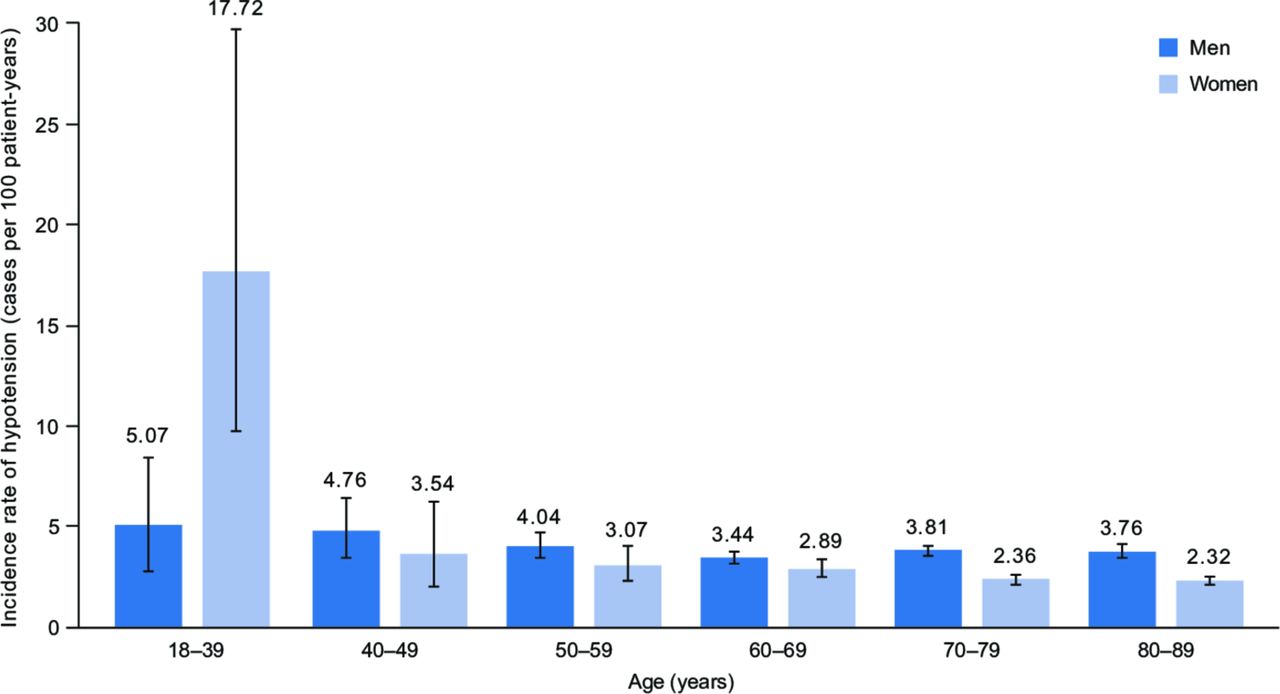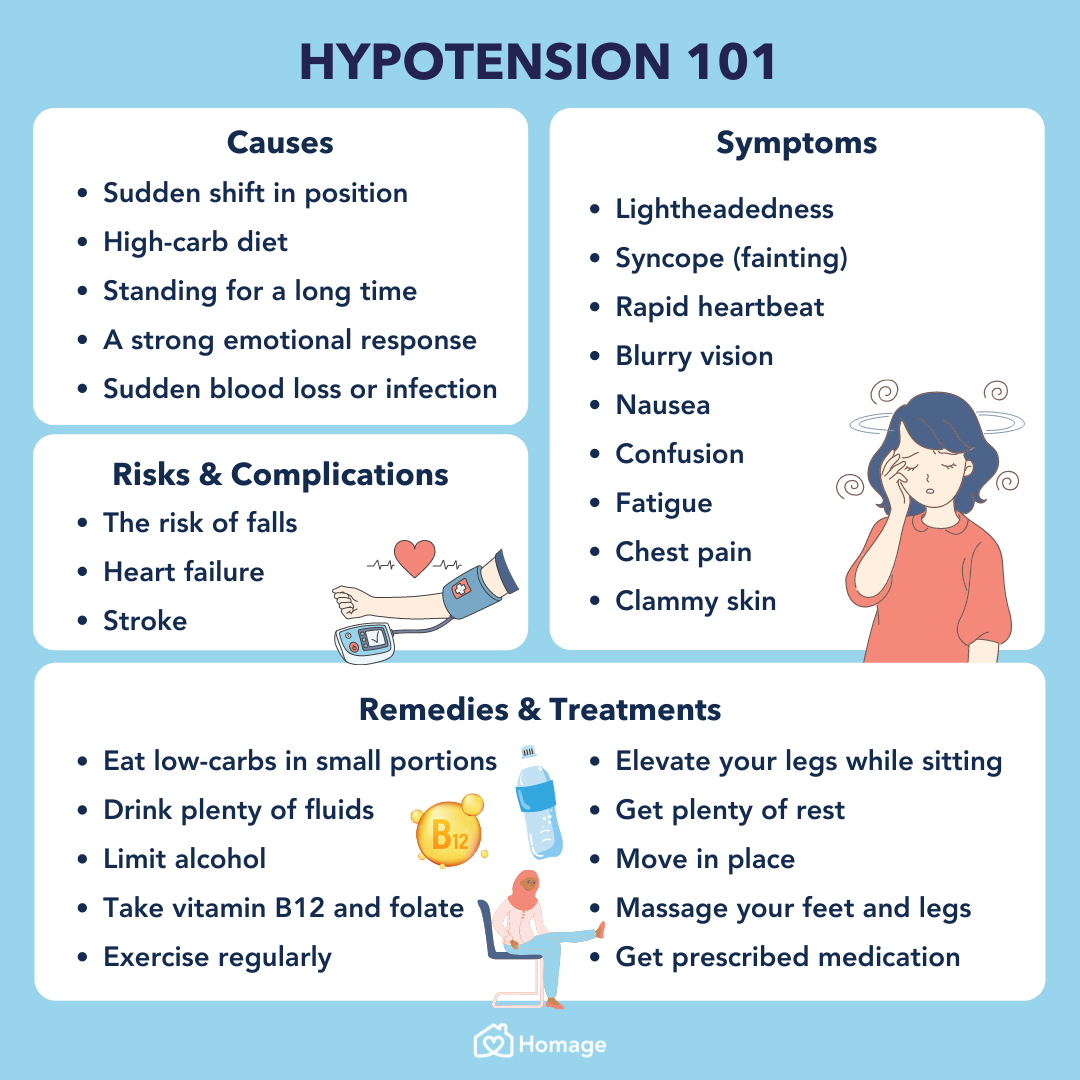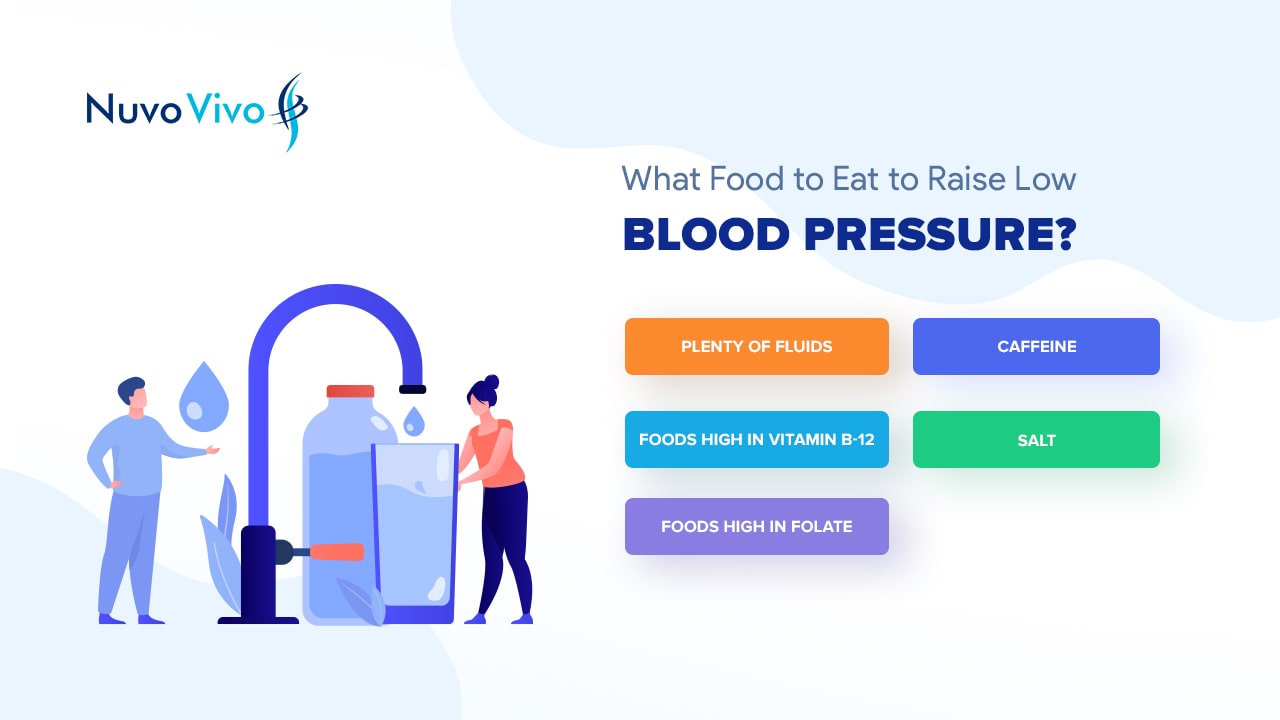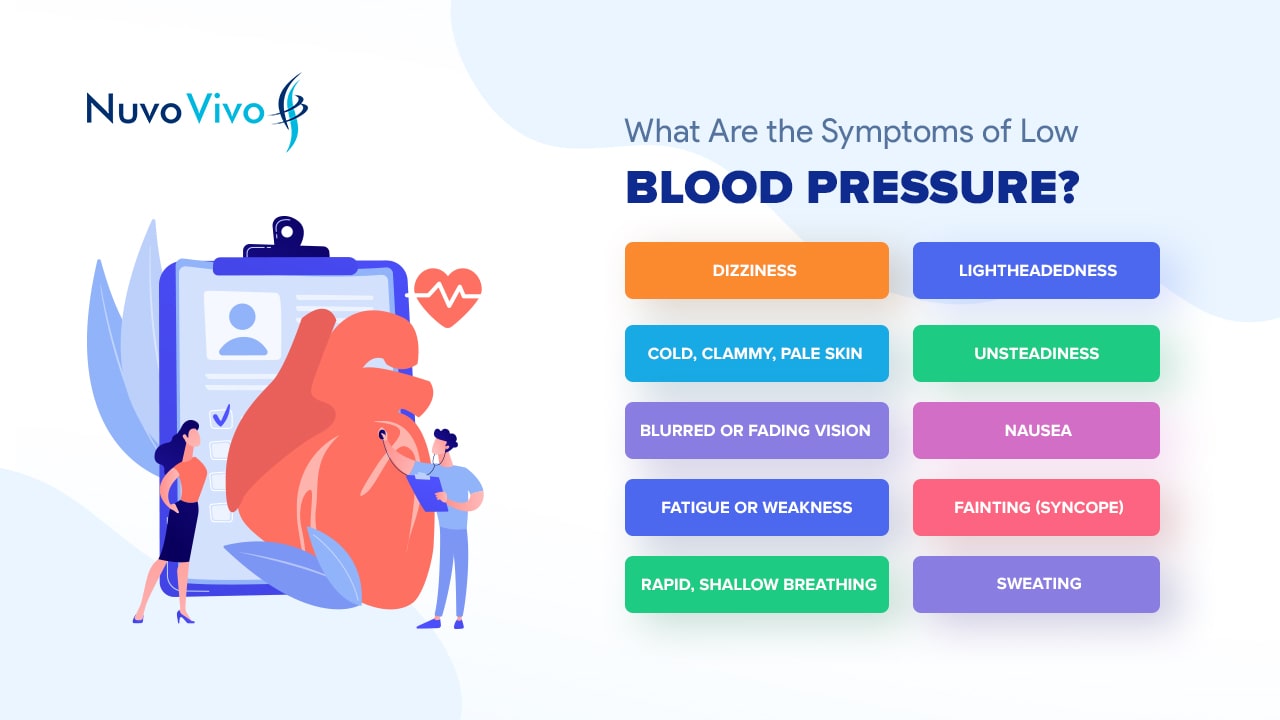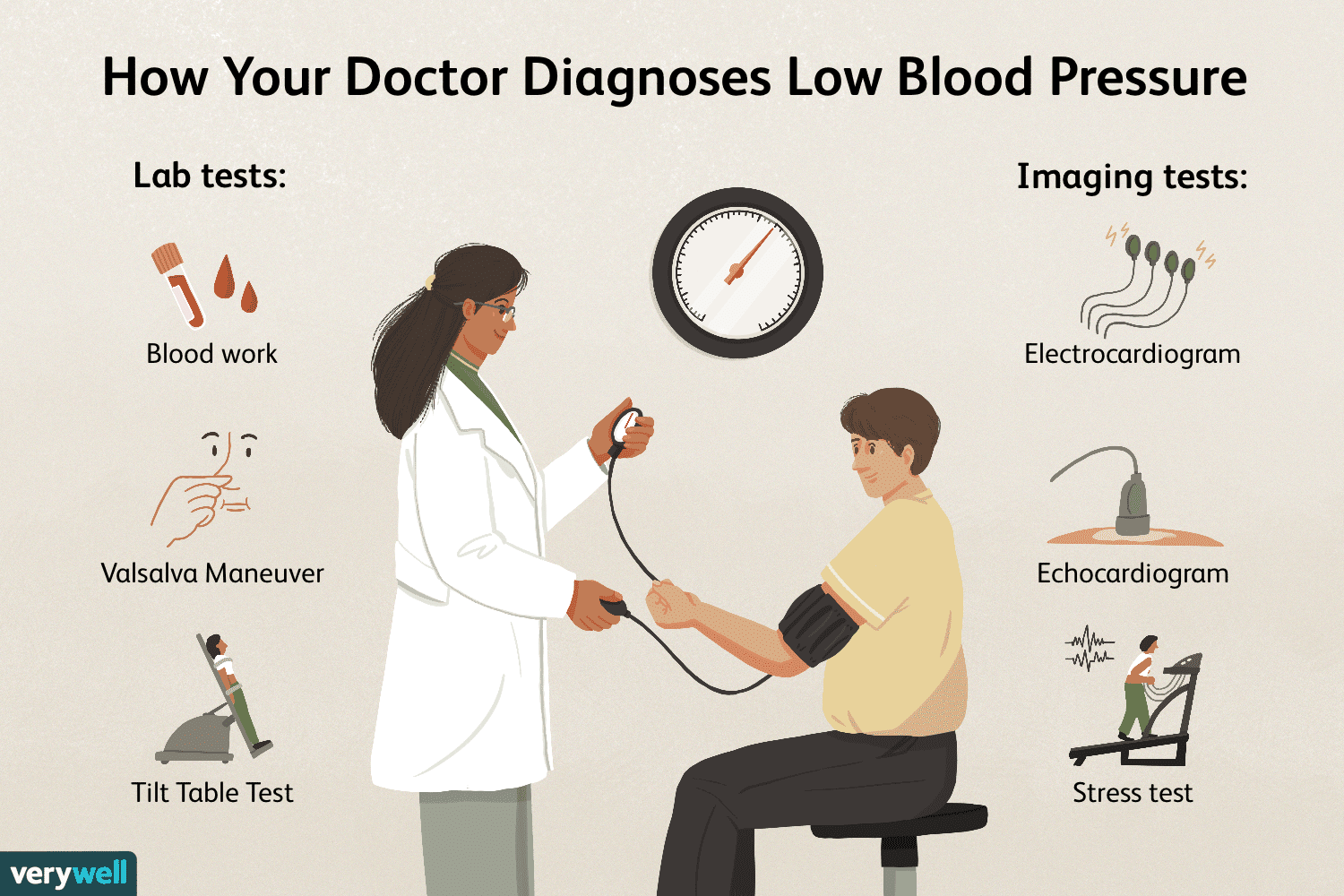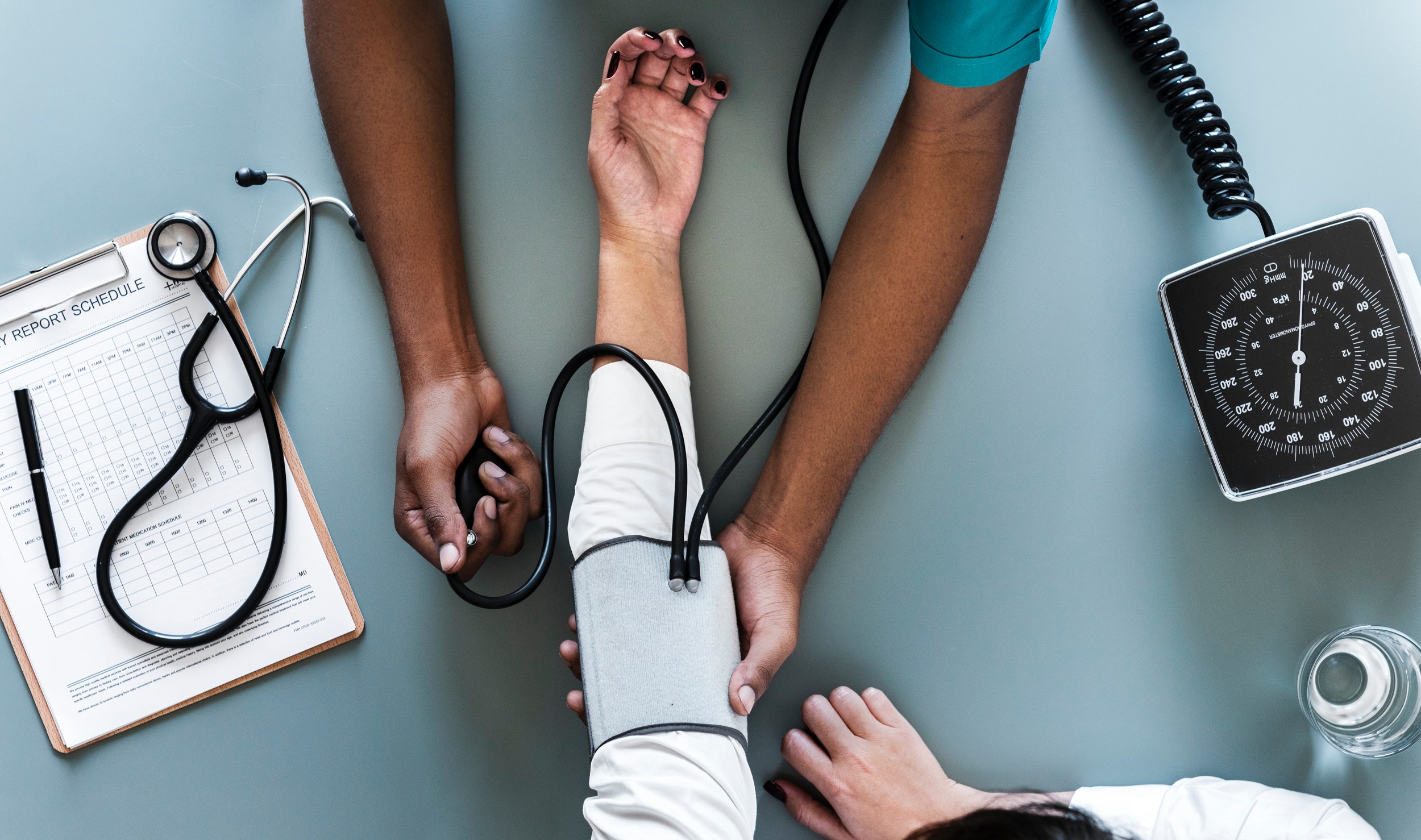
Key facts
- When blood is pumped by the heart around the body, the pressure of the blood pushing against the walls of blood vessels changes.
- Your blood pressure changes throughout the day depending on many factors including your general health and activity levels.
- For some people, low blood pressure is a sign of good health.
- Other people with low blood pressure experience symptoms such as dizziness or fainting, unsteadiness or fatigue.
- If you have persistent low blood pressure that is causing you symptoms, see your doctor about ways to manage it and reduce the risk of complications.
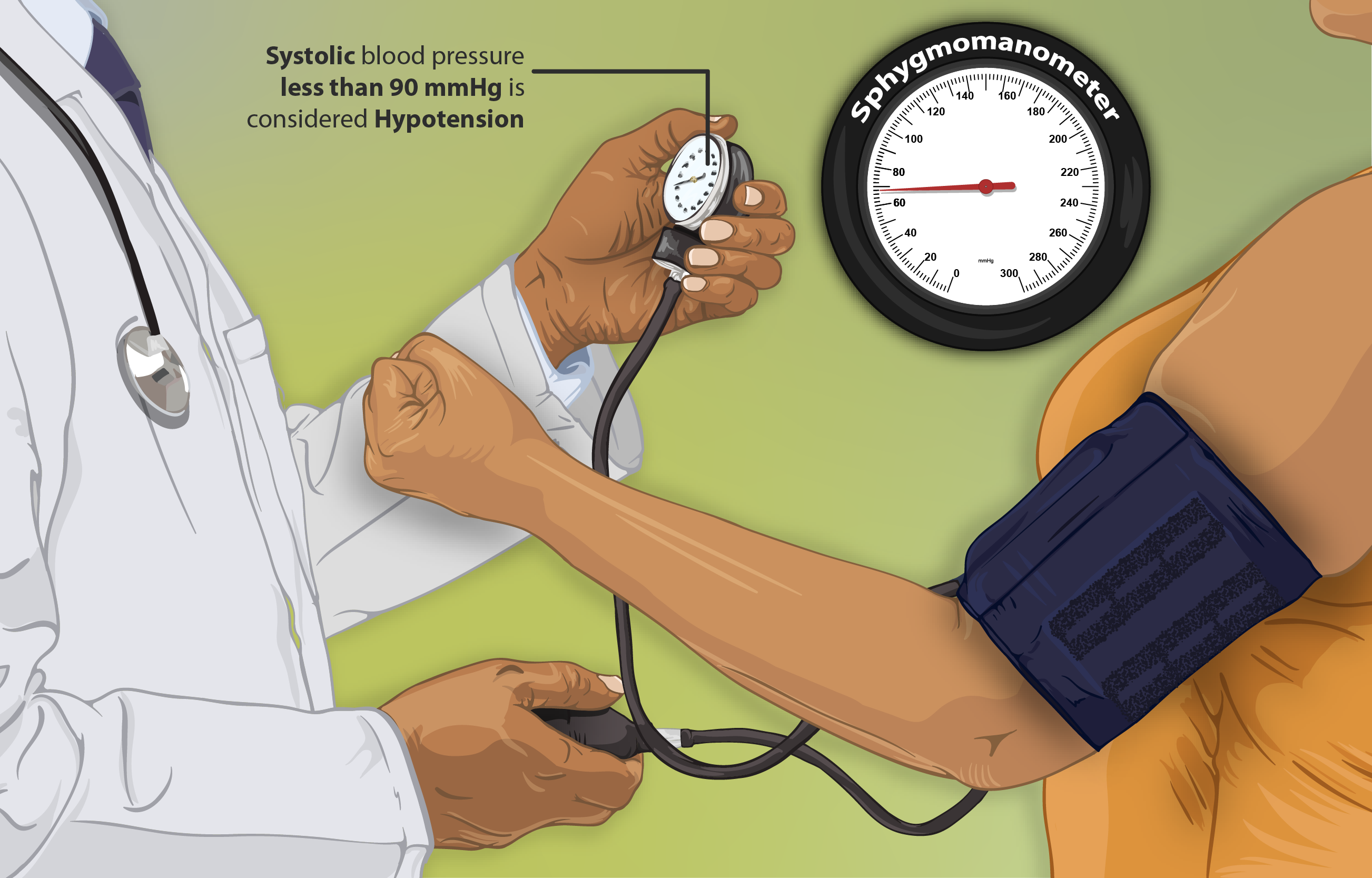
Low blood pressure (hypotension)
What is blood pressure?
As blood is pumped by the heart around the body, the pressure with which it pushes against the walls of blood vessels changes.
When the heart squeezes blood into the arteries, the pressure goes up.
When the heart is relaxed, the pressure is lower.
- Your blood pressure is a measurement taken of the highest reading and the lowest reading. It is given as 2 numbers — highest (systolic) over lowest (diastolic). Systolic is the pressure in the artery as the heart contracts (squeezes). This is represented by the first number.
- Diastolic is the pressure in the artery when the heart is relaxing and being filled with blood. This is represented by the second number.
A healthy blood pressure for most people is under 140/90mmHg.
Your blood pressure changes throughout the day depending on many factors including your general health and activity levels.
What is low blood pressure?
Low blood pressure is also known as hypotension.
Blood pressure is measured in ‘mmHg’, which refers to millimetres of mercury.
Most doctors would say that you have low blood pressure if it is below 90/60mmHg. Your doctor will refer to this as ‘90 over 60’.
Can low blood pressure cause problems?
For some people, low blood pressure is a sign of good health. These are generally people who are very fit and who have a slow pulse.
Often, people with low blood pressure can be expected to lead longer lives.
For other people, low blood pressure is a problem, for example, if it causes symptoms that put them at a higher risk of falls.
Sudden, severe low blood pressure (shock) can also be associated with serious medical conditions that need urgent treatment.
What are the signs and symptoms of low blood pressure?
The symptoms of low blood pressure may include:
- light-headedness or dizziness
- weakness
- blurry vision
- pale, clammy skin
- fatigue
- fainting
These symptoms can occur when you are doing nothing. They are more likely to occur when changing position, such as standing up or when straining on the toilet.
However, often there are no symptoms. Low blood pressure is often only identified during a routine medical examination, or during the course of an investigation for some other condition or underlying illness.
What causes low blood pressure?
Apart from being very fit, you may have low blood pressure if you:
- are overheated, either from the weather, from hot baths or showers, or from wearing too many clothes
- have too little blood circulating, either from donating blood, heavy bleeding, or from being dehydrated
- are pregnant
- are taking medicine that affects your blood pressure
- recently used a lot of drugs or alcohol
People can also have low blood pressure due to medical conditions, such as if they:
- are having an allergic reaction
- are seriously ill with an infection
- have certain heart conditions
- have a disorder of the nervous system or glandular (endocrine) system
- are in severe pain
- have nutritional deficiencies
There is also a particular type of low blood pressure called ‘postural hypotension’ or ‘orthostatic hypotension’. In this condition, a person’s blood pressure is normal when they are sitting or lying down, but it drops suddenly when they stand, making them feel dizzy or lightheaded. This can also occur when standing too long without moving.
Postural hypotension is quite common, particularly in older people. It can be caused by one of the situations or conditions listed above. If it happens often, or if it causes problems, you should see your doctor about it.
When should I see a doctor?
If you think you might have symptoms of low blood pressure listed above, it’s best to see your doctor to rule out any underlying medical condition and discuss your risk of falls.
Give your doctor as much information as possible about your symptoms and when they occur. Also, tell them about any medical conditions you may have and any medicines you may be taking (including non-prescription medicines like eye drops or herbs), so they can make an accurate diagnosis.
How is low blood pressure treated?
If there is an underlying cause for your low blood pressure, and it is causing you problems, you may need treatment for that underlying cause. But if it isn’t causing you problems, treatment won’t be needed.
Your doctor may advise you to take precautions to prevent episodes of low blood pressure, such as avoiding dehydration, hot showers or standing up too quickly.
What are the complications of low blood pressure?
If low blood pressure does not cause you any symptoms, it generally isn’t a problem.
